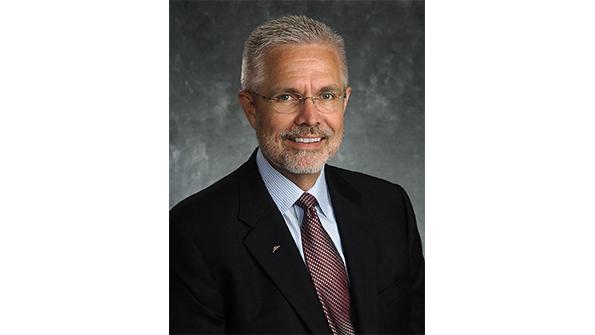
Walt Fricke Founder, Air Boss Veterans Airlift Command (VAC), St. Louis Park, Minnesota ([email protected])
Severely wounded in combat when his Huey gunship’s rocket exploded during combat in Vietnam, Fricke spent months in hospitals stateside — lonely, worried, in pain and a long way from family. He never forgot that experience. After a very successful career in finance, in 2006 he invested his time, thought and money to ease the worry and loneliness of other wounded veterans by creating the VAC, a nationwide system of thousands of volunteer pilots and aircraft dedicated to transporting wounded veterans and their families wherever they need to go, for free.
What was the VAC’s genesis?
Fricke: When I retired, I questioned what I would do with the rest of my life. I had my own airplane and came up with an idea: Since wounded vets can have trouble traveling commercially, I would fly them wherever they wanted. In my career, I’d worked with the Defense Department on mortgages for veterans, so the Pentagon knew me. Then one day I got a call about a young Marine from Melbourne, Florida, who had traveled to Camp Lejeune, just 500 mi. north, to receive his Purple Heart. But he needed a wheelchair and crutches to get around and the trip required him to board and exit four commercial flights. He reached Lejeune 13.5 hr. later, completely exhausted. His father called the Defense Department, asking for help and then they called me. I contacted eight pilots I knew in Florida and South Georgia and five of them immediately volunteered to fly that weary Marine home. The flight took less than 2 hr. At that point, I was sure my idea was sound and way bigger than just me.
How much bigger?
Fricke: The VAC has flown more than 18,000 passengers and has registered over 2,600 pilots and aircraft into the program. Many of the missions have involved getting the vets to medical treatment, but we’ll fly for other compassionate reasons and these have ranged from taking families on vacations, to unit reunions and other events. Trips can be quite emotional, and our volunteers get as much satisfaction out of them as do our passengers.
Are all pilots and all aircraft eligible to participate?
Fricke: The volunteer pilots have to be instrument-proficient since all flights file IFR. Some small general aviation aircraft have participated, but roughly 80% of our missions involve business jets, turboprops or multiengine piston aircraft. And with certain exceptions, most of our veterans are ambulatory, though flying them could involve multiple passengers and carrying support equipment like wheelchairs.
Has the pandemic impacted the VAC?
Fricke: Yes. Missions requests were way down in the spring, but now with the airline service cutbacks, medical trips that had been delayed are back at an accelerated rate to near normal. Unfortunately, we had to cancel our big fundraising event this year, which is tough because we only have one. So, it’s been a challenging year financially. Thankfully, we have had strong support from sponsors over the years, including Bruce Rose of the Carrington Foundation, Signature Flight Support, Textron Cessna, Wilson Aviation and, most recently, the Car Donation Foundation, which inspired the VAC to solicit the gift of any planes that owners want to retire.
Even though it’s a volunteer organization, you have overhead, yes?
Fricke: We have four full-time employees to recruit pilots and coordinate flights, all of whom work at home. No bricks and mortar and very limited fixed costs. In the early years, I funded it all, but then contributions started coming in. More recently we have set up the VAC Perpetual Fund to cover all overhead permanently. Legacy Members of the fund will be those who donate aircraft or other assets valued at $10,000 or greater to this endowment. Experience tells us that once the founder exits organizations like the VAC, they begin to shift focus from the clients served to the donors and that focus eventually takes precedence over the mission for which the organization was created. I don’t want that to happen. Our target is to raise $15 million for the fund — and we’re two-thirds of the way there. Once that is achieved, even with me gone, wounded vets can be assured the VAC will be here to fly them forever.





